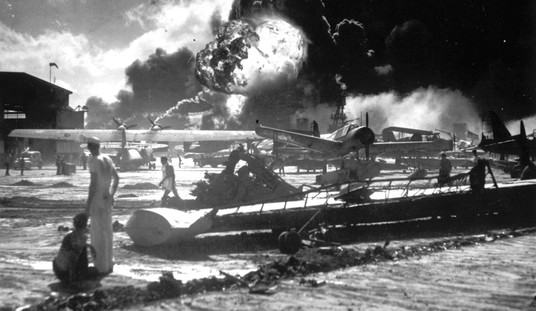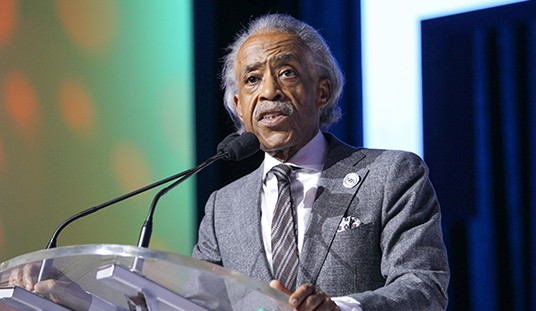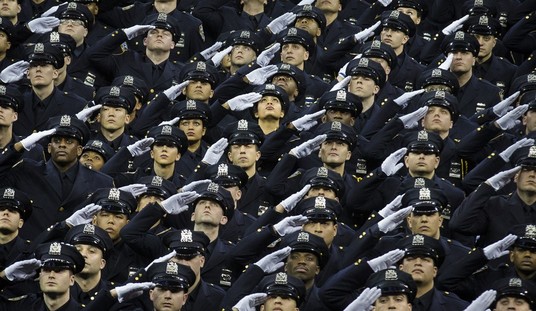Honduras has been the global homicide capital since at least 2010, with levels of violence, corruption, and impunity that suggest a failing state. As the Miami Herald noted last year, “It’s a country where the son of a university president was gunned down by cops, where prisoners are forced to leave the jail to run drugs and are then shot down, and where the Peace Corps has pulled out, saying conditions are too dangerous to carry out its mission.” The national murder rate in 2012 was 86 per 100,000, making Honduras easily the deadliest country in the world’s deadliest region, Central America. Indeed, its homicide rate was more than two times higher than the regional average.
Large bits of Honduran territory, including many highways, are effectively controlled by brutal gangs and drug traffickers. “Even in the capital, Tegucigalpa,” writes journalist Max Boot, “visitors are warned not to walk outside their hotel.” The small, desperately impoverished nation of 7.8 million has been described as “a war zone,” and for good reason: Last year, according to The Economist, “Men in their 20s faced a 1-in-300 chance of being murdered, or 1-in-150 in the most dangerous towns.” Its political and legal institutions are hopelessly weak, and its police forces are hopelessly corrupt. Don’t even ask about Honduran prisons, which are appallingly violent and overcrowded, not to mention filthy and decrepit.
In short, Honduras is desperately in need of good news — any good news — about the prospects for getting violent crime under control. It finally received some on May 28, when two of its most powerful street gangs declared a truce. The truce was issued from a prison in San Pedro Sula — which is the world’s deadliest city, with a homicide rate of 173 per 100,000 — by members of Mara Salvatrucha (better known as MS-13) and Barrio 18. It was modeled on the truce that the gangs’ Salvadoran branches signed back in March 2012, a truce that has helped El Salvador reduce murders by around 52 percent. Both truces were brokered by Catholic bishops who work in the prison system.
On the surface, it appears that the Salvadoran truce has proved relatively successful, although extortion remains rampant, and many believe the gangs have replaced street killings with kidnappings. (Analysts Douglas Farah and Pamela Phillips Lum observe that there has been “sharp rise in the number of people who have disappeared since the truce went into effect.”) But even if the Salvadoran pact has dramatically reduced gang violence, we should not expect similar results in Honduras.
As Rachel Schwartz of the Inter-American Dialogue recently told World Politics Review, Honduras has a “far more diversified” criminal environment than El Salvador. Indeed, many Honduran murders are attributable to Mexican and Colombian drug-trafficking organizations, along with “corrupt state security forces.” Meanwhile, “MS-13 and Barrio 18 leadership in Honduras is not nearly as centralized as it is in El Salvador,” which means that a top-down declaration of “peace” won’t necessarily stop the violence and extortion among the gangs’ local affiliates. For that matter, in a June 2 report from Tegucigalpa, NPR’s Carrie Kahn said she had met at least one taxi driver — with eight taxis — who was still paying his “rent” to the gangs. The monthly fee, according to Kahn, is roughly $400, an “incredible” sum in a country as poor as Honduras.
At this point, it’s unclear whether the Honduran government facilitated the recent truce declaration in the same way that El Salvador’s government facilitated the March 2012 truce. Either way, Honduras plays a much bigger role in the hemispheric drug trade than El Salvador. Therefore, as Schwartz indicated, drug-related killings are responsible for a larger share of overall murders in Honduras than in El Salvador. Needless to say, the drug cartels have not signed any non-aggression pact, and they may in fact be emboldened by the Honduran gang truce. It has been estimated (by the Honduran defense minister) that 87 percent of all U.S.-bound cocaine passes through Honduras, with one of the primary transit points being the so-called Mosquito Coast. (Not surprisingly, drug trafficking and violence have also increased along the Nicaraguan portion of the Mosquito Coast.) In that sense, Honduras will continue to be a victim of its geography, regardless of how the gang truce evolves.
In both El Salvador and Honduras, the only true, long-term solutions to gang violence and gang recruitment are stronger public institutions and greater economic opportunities for disadvantaged young men. (Brookings scholar Diana Negroponte points out that “30 percent of urban youth aged 15 to 24 years in Central America are neither at school nor working.”) The best we can say about gang truces is that they can provide short-term relief from nonstop violence and create better conditions for institution building and prevention efforts.
The Salvadoran truce has led to fewer murders and has given President Mauricio Funes an opportunity to launch new social programs. On the other hand, MS-13 and Barrio 18 continue to extort and terrorize the Salvadoran people, and the durability of their truce is uncertain. Given these mixed results — along with the geographic and drug-trade realities discussed earlier — any progress in Honduras will likely be modest.









Join the conversation as a VIP Member